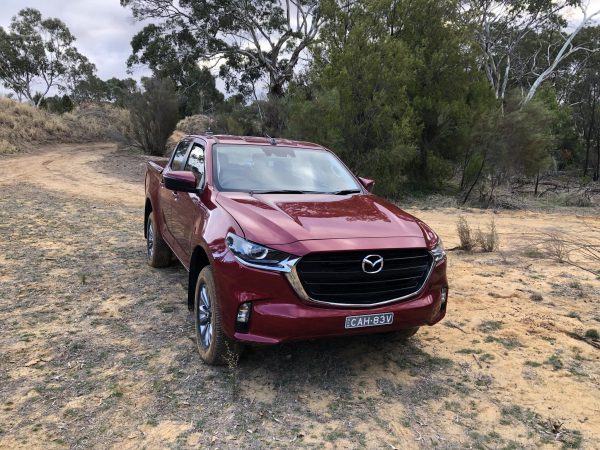
Any story about Mazda’s new BT50 is inevitably going to draw comparisons with Isuzu’s new D-MAX, which is arguably the best Japanese dual-cab ute in the country at the moment. So, if the D-MAX is the ute-world’s favourite son, then surely the BT50 has a hand on the crown as well?
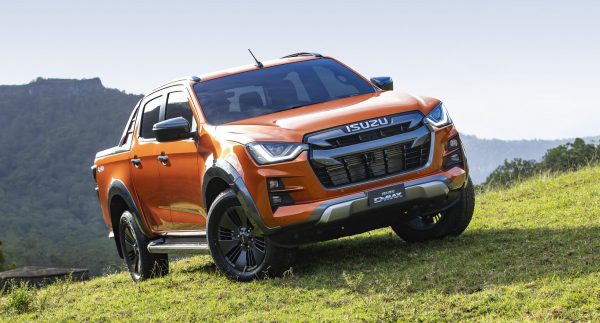
The commercial segment of Mazda’s range has been tied up for decades with a platform-sharing agreement with Ford. Cast your mind far enough back and you’ll remember the Courier/Bravo partnership which morphed into the much bolder, in name terms at least, Ranger and BT50 in 2006 and carrying over of all things an umbrella handbrake. The last iteration of the pair (from 2011) reached sector leading status and became the benchmark with a five-cylinder diesel and 470Nm on tap. And it ditched the umbrella.
So appealing was the PX Ranger upon its release that it set the sales charts alight in Australia and has been neck and neck with the Hilux as one of the country’s biggest-selling utes ever since. While that ding-dong battle was going on the BT50 was languishing in a distant fourth, fifth or sixth position when initially it was every bit as good as the Ranger it shared its genes with.
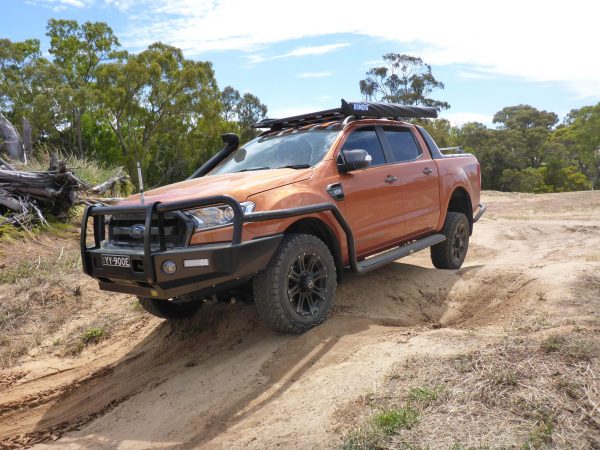
The difference of course was the BT got the ugly pills (and apparently looks do matter). The vehicle had been a constant source of derision with its silly tailgate tail lights and worse, that gaping great big smile up front that screamed out “fit me with a bulbar.” A bit like a gawky teenager wanting to hide their braces with a mask (should feel right at home in the Covid world).
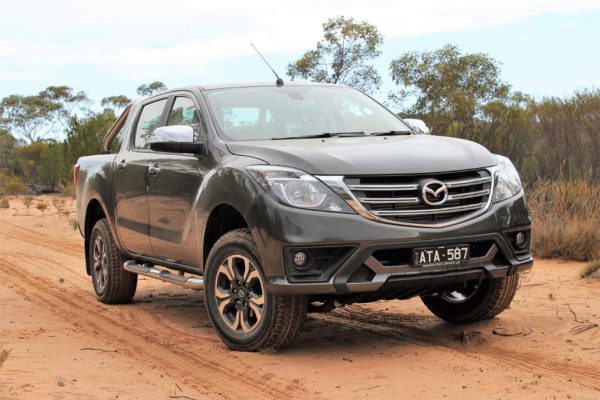
The reason for all that grief is found in the overarching Mazda design ethos of late and called Kodo, which influences all of the vehicles they produce; the CX series wagons, the passenger cars, the MX5 and the ute. We all know aesthetics are a really personal thing… one man’s trash is another man’s treasure. So different was the styling of the BT50 that the marketplace voted with their chequebooks and gave Ford the bulk of the business for the Ranger’s more muscular and safer face.
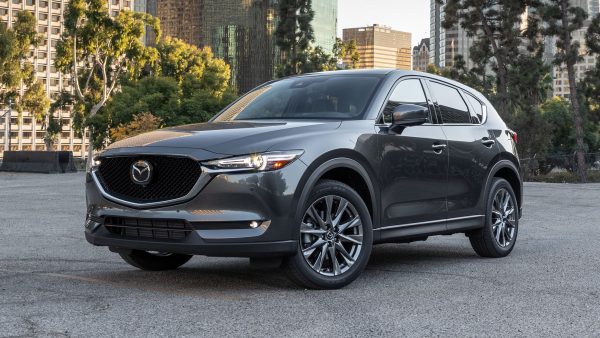
Mazda also made the mistake of sitting on their hands with the development of the previous model.
While Ford introduced new safety technologies, looks and interiors, electric power steering and a more powerful twin-turbo 2.0-litre diesel with a ten-speed auto alternative to the old 3.2 diesel and six-speed combo, all Mazda could offer were 2015 and 2018 cosmetic updates that didn’t go nearly far enough to give the BT the nuts it needed.
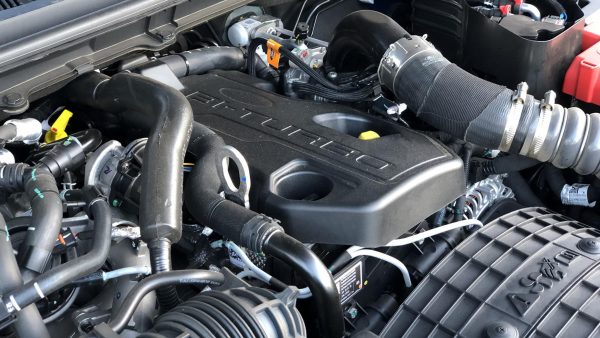
That might have been an opportunity lost, but knowing the gestation period of these things Ford had likely inked the contract with Volkswagen on the new Ranger/Amarok project and Mazda had decided to go their own way with Isuzu for this the new D-MAX/BT50. Tipping any serious R&D into a soon to be superseded vehicle never appeals to the accountants.

You’d think once bitten, twice shy, but no, Mazda is still plugging away with Kodo. Thankfully this 2021 version is way more appealing and positively curvaceous, but it will still polarise some who crave a more blokey look. You’d also hope they’ll be enriching the driver experience as the new model runs through its likely decade-long lifecycle and brings buyers back over and over with a little tweak here, a new gadget there. Maybe mid-model in 2025 we’ll be reporting on a mild-hybrid? If they do that, Mazda should enjoy consistently healthy sales, because in its current form it’s a really good ute.

Let’s talk some mumbo.
The 3.0-litre four-cylinder turbo-diesel is familiar. It’s the 4JJ3TCX version of the old 4JJ1 Isuzu truck engine that many revere as the most reliable LCV diesel engine going. Were it not for the 2017-2019 generation’s predilection for troublesome turbos it would have been bulletproof. In any event, it is now a happier engine, those turbo issues banished and with the makeover, so, so refined.
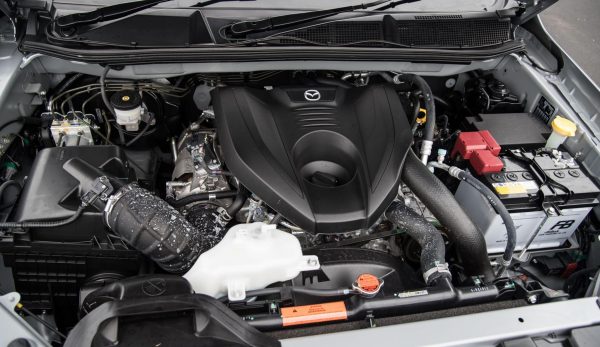
In the BT50 those 140 kilowatts and 450 newton-metres make dramatic progress compared to the old D-MAX experience, and it’s quiet. A whole bunch of things were changed to make it so; valve gear, piston crowns, fuelling and it’s incredible the difference they make. The cab is a pleasant place to be, not one assaulting your ears. Is it faster/better than the old 3.2 it’s replacing? Not sure about sprint times, likely the same, but the torque curve is definitely improved with more of it everywhere, despite being 20Nm less than the model it replaces and it will be more fuel-efficient.
The transmission is also improved. It runs, like the D-MAX, a six-speed Aisin auto or manual.
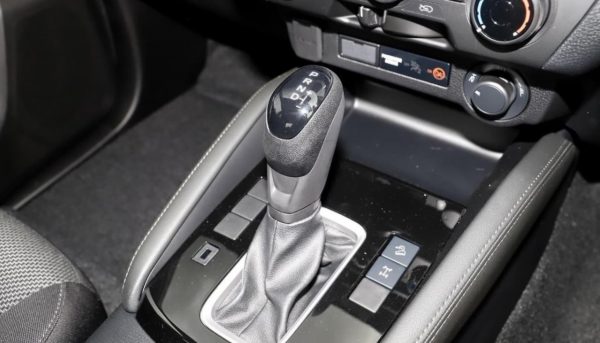
Now, this is a rare event these days in auto journalism, as our test BT50 was in XT spec, middle of the pack and it had a CLUTCH!
Some of you may never have seen that third pedal before in your lives (and it seems a couple of my fellow testers in here may have forgotten its purpose, as I witnessed two bunny-hop stalls on the bitumen accompanied by stunned amazement) and in case you didn’t know, once-upon-a-time we used to shift gears MANUALLY! It brought a smile to my face as I could once more dictate when and where I made use of the engine speed and off-road it offered stronger engine braking in the steep descents we tackled. No need for silly hill-descent control… meh!
One other advantage that manual BT owners will have over their auto cousins is gear choice in low range. In the manual, you can use all six speeds, whereas the auto restricts you to only the first four (in an auto too much torque in the overdrive gears breaks them unless it’s designed for it). That’s important when slogging down a soft beach as you’ll be spoilt for choice versus cursing the fourth gear restriction when maxing out that critical speed/engine speed equation.
The clutch action was light and the shift was precise as long as you didn’t rush it. Reverse is activated via a lock-out collar on the stick and found up and over to the left.

From my experience with the auto Aisin, I can tell you it is a better box today than it was before. Didn’t matter whether it was found in a Prado, Hilux, Fortuner, Triton, Pajero Sport or D-MAX or MU-X, the original shift tune was horrible. Now it’s sweet as a Fruit Loop in a sea of Doritos, shifting up and down seamlessly, never hunting, or ready to do a dummy-spit when presented a hill.
Fifth and sixth gears are the overdrives and a day or two ago back on the highway at 110km/h my XT BT50 manual was showing a lazy 1,800 rpm in sixth which makes for decent fuel efficiency and range with the 76-litre tank. With the mix of city, highway and low-range off-road we did on the test, around 10L/100kms was an easy ask. I know that towing with the equivalent new D-MAX will likely bump that to around 14-16L/100kms or more depending on the block of flats you intend hauling and yes, it’s rated for a 3,500kgs tow limit with a tow ball downforce at 350kgs like all the others.
The payload in this spec was over a tonne (1,075kgs), so if you want to load it up, just remember to put it on the scales and no more than 3,000kgs please. The combined mass is 5,850kgs.
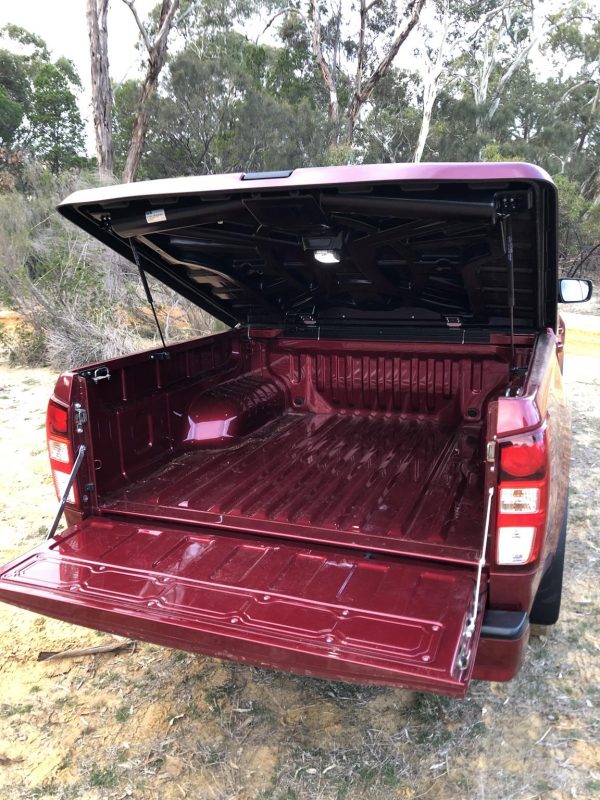
The 4WD system is part-time and foolproof. There’s a shift-on-the-fly moment going from 2H to 4H and back and at speeds up to 100km/h; line it up nice and straight on the dirt, foot off the accelerator, twist the selector knob and pop it goes into high range, a tiny green light confirms the activation. Deselection follows the same technique and done on the move will work every time. Low range needs the vehicle to be stationary, autos in neutral before the selector is dialled in. A new bunch of lights arrive on the dash confirming low is engaged and that stability is off and traction control too, but which bit?
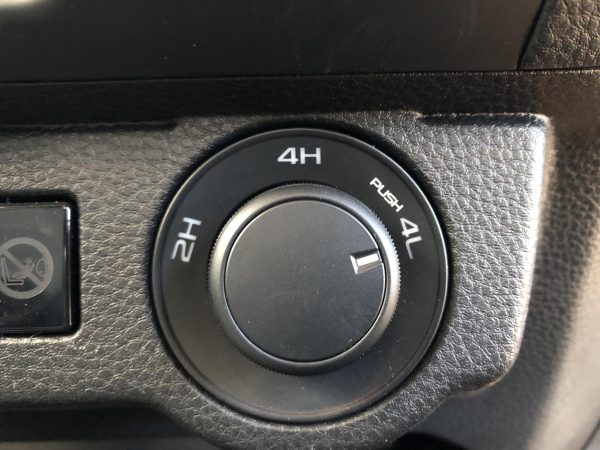
There are two forms of traction control, the one activated by the brakes and the other that neuters engine speed. With low range selected the engine speed deceleration function is sidestepped, but once you get over a speed threshold of around 30-40km/h, the brakes are called upon to tame any spinning wheels. On sand that is crap and noted on the D-MAX too, just when you want smooth and consistent momentum, autonomous braking kicks in and costs you precious speed.
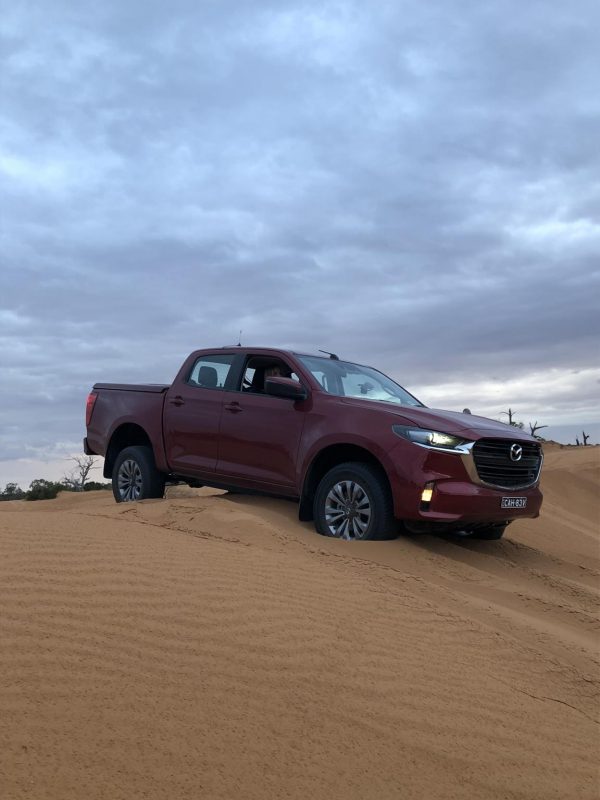
With our press BT50 our sand session was telling, the pungent aroma of stinking brakes was revealing that on every hint of desirable wheel slip, the brakes are being tickled to arrest that spin. This tells you that the traction tune was designed for harder surfaces and what the BT50 and D-MAX really need is a terrain button like that to be seen here in a few-weeks-time on the new Isuzu MU-X. The tech isn’t new, you’ll see it on vehicles like Pajero Sport and Triton. A button-scroll through gravel/ice/sand/mud/rock sets different parameters for the electronics so they get out of the way.
You can tune out some of that evil with lower tyre pressures (thus controlling the wheel spin) but vehicle makers need to recognise that if we’re going off-road, the driver will want to dictate that control, not some BS algorithm that thinks it knows better. What I’d really like to see is a long depression of the stability and traction control button turning both systems off and in their entirety for the sand, like the practice used on the previous-gen D-MAX and MU-X.
And then there is the rear axle diff-lock.
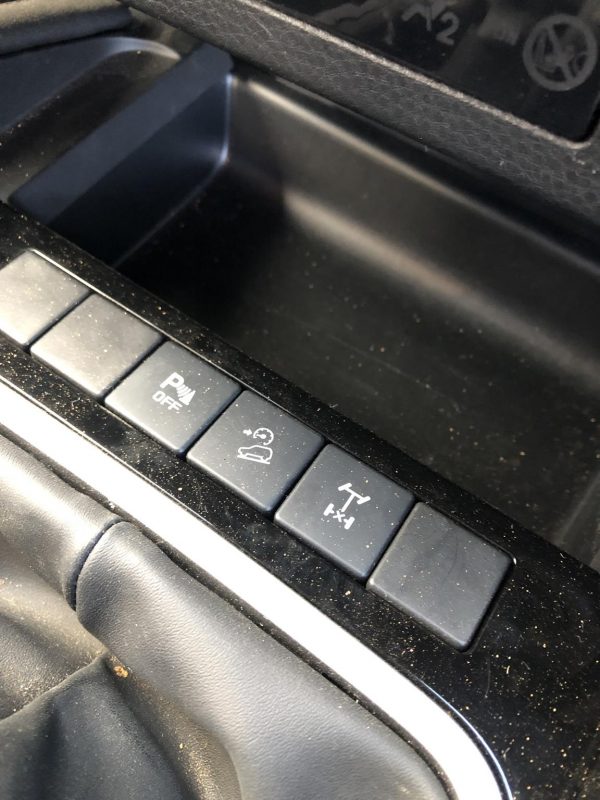
The previous model BT50 had a rear locker, whereas the D-MAX didn’t. Because of that, the BT50 could go places, where the D-MAX didn’t have a snowball’s hope in hell, because of its open diffs and a virtually useless traction system in low range, couldn’t control what it was supposed to do. Well, the new BT50/D-MAX share the same driveline, so now they are off-road peers and both able to be locked which is great. However, its selection leaves the front-end floundering as traction control is disabled. Other makers opt to allow brake-traction to operate and that makes a big difference when grip is non-existent.
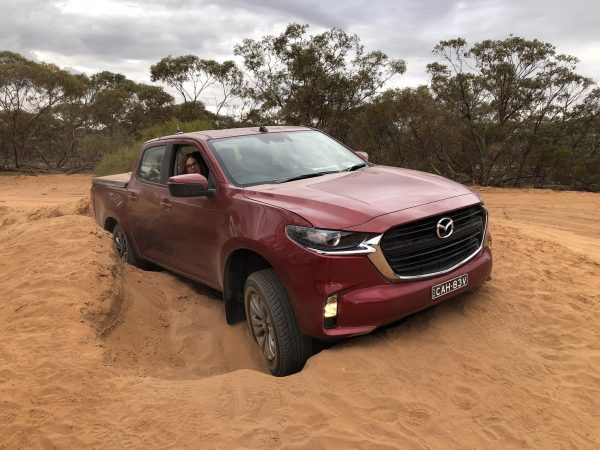
The rear axle will only stay locked up to 30km/h and only in low range. I can think of a few times when just for a brief moment, a bit more speed might be warranted, say in high range, and both rear wheels turning in unison (think of a tradie with a trailer on a green-fields building site). Anyway, its use on our track in a big old gully proved that a rear diff-lock is still more effective than traction control will ever be so I’ll take it even in its slightly flawed form.
I need to mention the steering.
Previous BT50 held onto the old hydraulic steering (pump and belt) that it came with at launch, whilst the Ranger eventually went electric. New BT50 has now made the leap and gone electric and it’s a revelation. Whilst there’s a small difference to D-MAX (i.e. the BT50 feels a smidgen vague,but we’re talking increments here) I’ll put it down to tyre choice, Dunlop Grandtreks were always average. Recent Rangers with EPS (electric power steering) steer nicely but this is different and once fitted with some decent rubber they are incredibly accurate and remain light in all conditions.
Suspension is standard dual-cab fare, IFS strut and shock and leaf-sprung rear. The unladen ride on the blacktop was pretty firm and I’m okay with that as I hate blancmange (that’s a wobbly jelly), but there’s a better way.
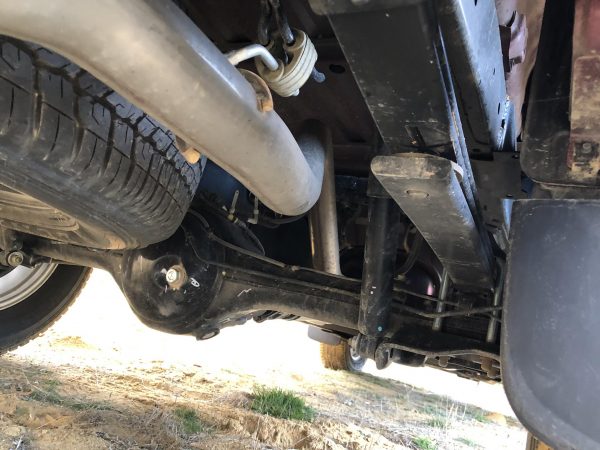
I’ll say it again, utes can and should have a proper multi-link, coil-sprung rear end. With a leaf setup, you might carry your load but the ride is always going to be hard and inflexible. Folk will argue that coils can’t carry loads, but it is possible and without sacrificing comfort. If Land Rover could manage it with the 130 Defender twenty-five years ago, surely, we can do it today? Inflexibility in that suspension setup is one of the reasons why modern utes are pretty average off-road and rely on traction electronics to mask the deficiency because it’s pretty easy to cock a wheel in the air.
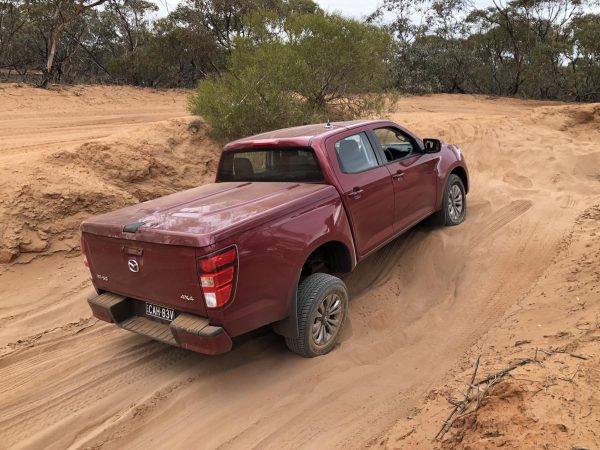
Oh, whilst we’re talking about the back end… drum brakes. I hate, sorry, loathe drum brakes in a back axle. Whilst the braking setup on the new BT50 is efficient in stopping (320mm front discs and 290mm rear drums), it isn’t great from a serviceability standpoint. My operational use is different to a lot of others as my vehicles spend most of their time in the field. The intrusion of sand and mud into the drum assembly creates accelerated wear, brake shoes worn out before their time and drums lipped, scored and needing machining too soon.
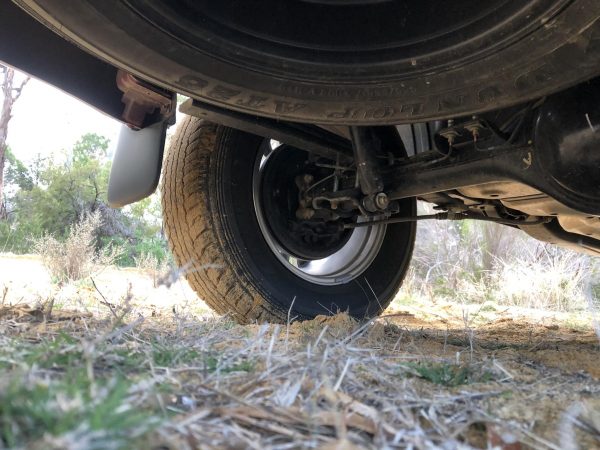
If you live somewhere where water is in abundance, Mazda claims an 800mm wading depth, but don’t do that because it’ll likely be afloat before the water tops the tape measure and the air intake (on non-snorkelled versions) relies on a series of baffled chambers to redirect water entry through the forward-facing intake under the bonnet lip. There is a sizeable bonnet seal but hit a puddle hard enough and moisture will find a way past it.
Did I mention the clearance height? Mazda quote 235mm which is good and without side steps the ramp-over angle was excellent. Opt for the GT version and the sidesteps appear and going by past experience on the D-MAX you’ll break them pretty easily. They’re low-hanging fruit and vulnerable.
Whilst we’re talking things off-road, we ought to talk about tyres.
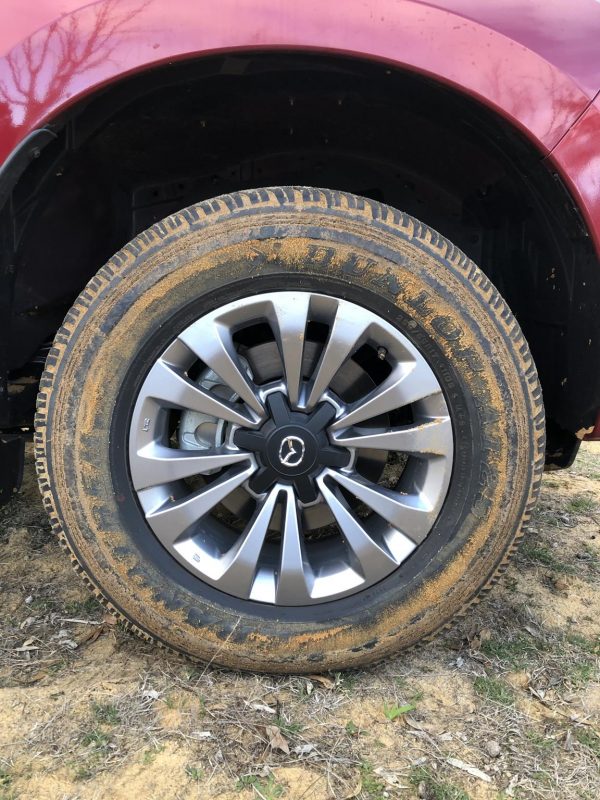
The stock wheel and tyre combo are designed for the urbanites, a passenger car Dunlop Grandtrek in a 255/65R17 110S is a paper-thin bitumen runner. Now, many of you will be OK with that and have no need for anything more fulsome, but for the rest of us, a change to an LT265/65R17 120R will reward with much greater carrying capacity (1,400kgs Vs 1,060kgs) and puncture resistance and not to mention longevity! There’ll be those of you who want to go to the legally tallest offering, likely an LT265/70R17 121S and that’s the pathway I’d go but it comes with some notice.
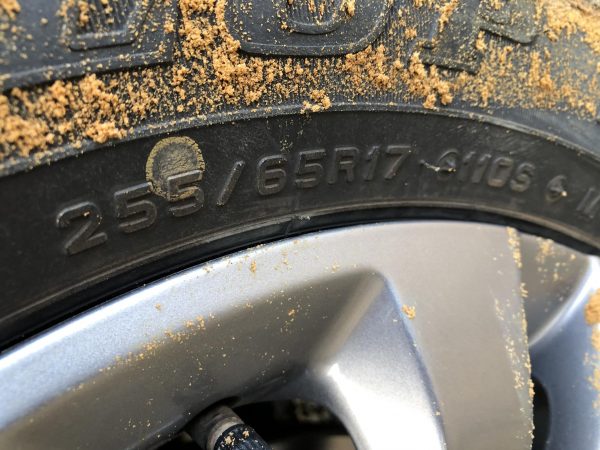
The safety electronics in the new BT50 are sensitive to height changes brought on by tyre and suspension lifts. The cameras measure critical heights and distances to objects and get confused for a while if the standard calibrations are changed. If the electronic abacus can’t do the calculations on the pictures the stereo camera is snapping, it’ll go to sleep.
I have noticed on my new D-MAX that after a month of inactivity post-wheel/tyre change, the similar IDAS (Intelligent Driver Assistance System) safety electronics did return to their normal neurotic self and started beeping and flashing to let me know when an imminent crash was going to occur… or not.
Just letting you know that if you start getting too ambitious with your personalisation, you might be bringing some unforeseen complications that may affect warranty and vehicle performance in the safety stakes.
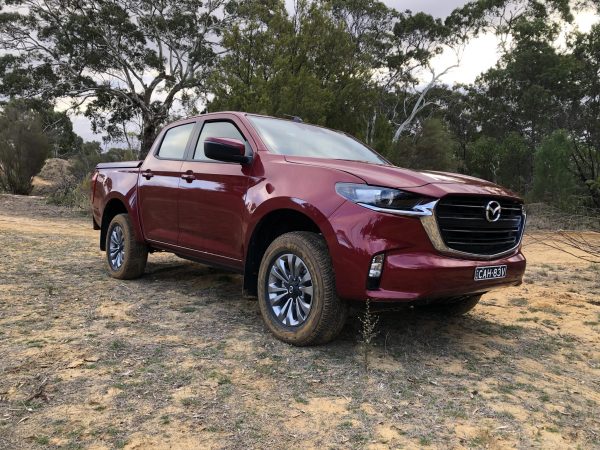
Speaking of those safety systems, it’s a product of the modern world that if you want a five-star NCAP result, all this stuff has to be fitted. So, BT50 has collision warning, forward autonomous cruise control and braking, rear cross-traffic alert, rollover stability, pedestrian avoidance, lane keep and lane departure prevention, blind-spot monitoring, trailer sway control, traffic signal recognition along with the usual ABS buddies of traction control and vehicle stability control.
Funnily though it seems to have all been dumbed-down when compared to the D-MAX which is very intrusive, the Mazda didn’t behave the same way. We liked that a lot.

The interior is a nice place to be, the seat fabrics were aesthetically pleasing and the seat comfy for our three-hour drive to the 4WD park, with plenty of adjustability. The XT sadly suffers a non-spongy centre console lid which left my left elbow sore after an hour or so whereas my D-MAX is padded. Small point but a biggie for me with bigger distances to travel.
The XT BT50 climate control is basic with no split for individual passenger’s temperature requirements and I’m OK with that as I’m a simple bloke. It was effective though in both heating and cooling and defrosting the space.
There’s a touch-screen in the centre of the dash (seven-inch on XT and nine-inch on the GT) that’s Apple CarPlay and Android Auto compatible which I found a bit hit and miss, OK with a cable connection, not so hot wirelessly. The sound was good coming out of the speakers for my podcast favourites, so that’s a plus.
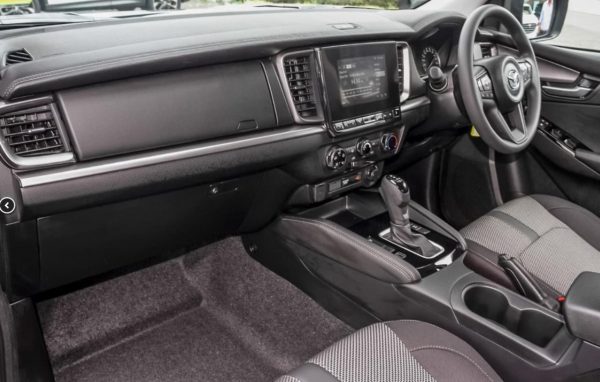
Interior space is good generally as it’s a generous cabin and the back seat access and comfort is OK, even for a bloke over six-foot. I liked the way the seat base flips up leaving the floor for stowage and I had a fridge installed in no time and secure using the tube under the rear seat supporting the seat belt anchors. Perfect positioning for a ratchet strap and a low-rent quick installation.
It might not have sounded like it, but I did like the new BT50. Like the D-MAX, it comes as a new clean-sheet design and builds off a sound product history. There’s enough difference between the two to separate them as individuals, visually the bodies are poles apart. Step inside and whilst the basic dash layout is near-identical, the trims and other furnishings have more than a hint of Mazda about them. The safety systems don’t display the same histrionics seen in the Isuzu that frustrate the hell out of a lot of owners and it retains the dependability of the 4JJ and Aisin combination.

Whilst the D-MAX has captured a huge new audience and with it a waiting list that runs to months, the XT version of the new BT50 is likely available right now and in a colour of your choosing for around $53K plus on-roads.
If you’re in a hurry to put your mitts on the crown, your wish might come a bit sooner at your local Mazda dealer!
Above: The camera sits up high in the windscreen and is pretty sensitive to height changes for focus on objects it deems as a risk. Don’t go nuts with your suspension lifts and your tyre heights as it’ll muck up the computations.






GIPHY App Key not set. Please check settings